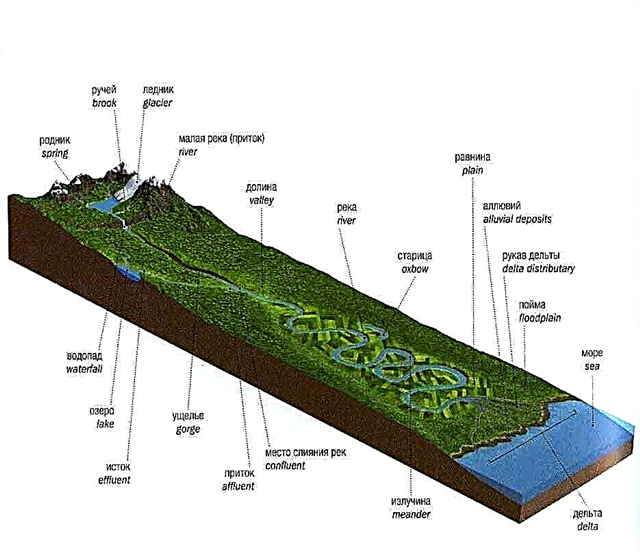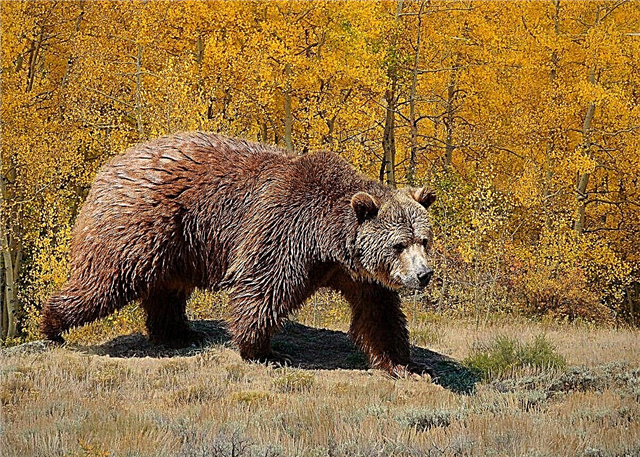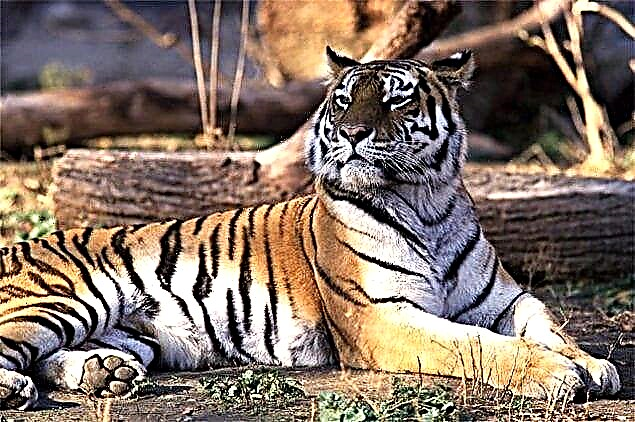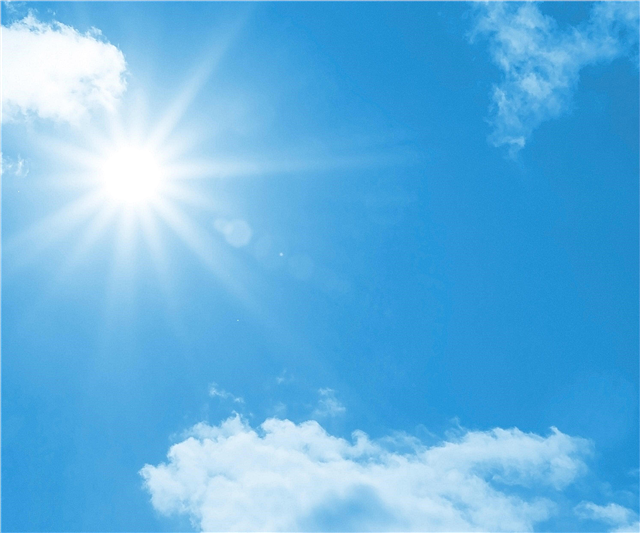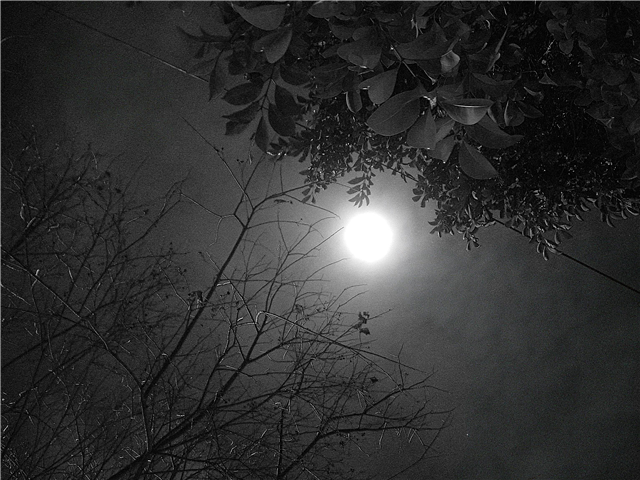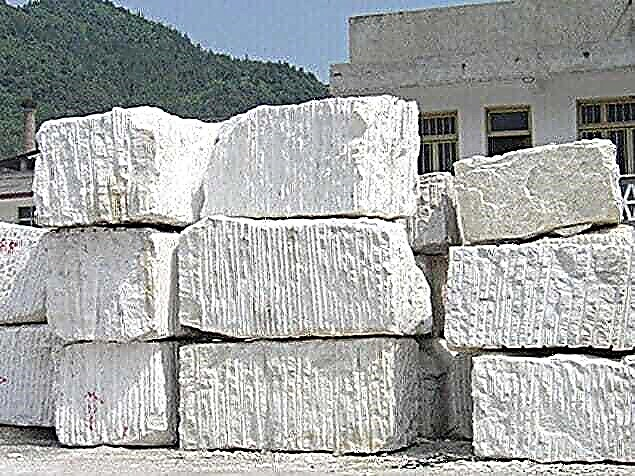
Wind is a stream of air that moves, as a rule, in a horizontal direction from a zone of high atmospheric pressure to a zone of low. Its main properties are direction, strength and duration.
How is the wind formed?
The main cause of wind formation is the uneven distribution of atmospheric pressure. The sun's rays, reaching the surface of the Earth, heat the ocean and land. Moreover, the temperature in different parts of our planet increases unevenly.

For example, the equator zone and corresponding belts are most heated. The temperature of ocean waters rises less intensively than the temperature of land, however, water bodies retain heat longer.
Thus, the air masses are also heated unevenly. Zones with different pressures form, resulting in air circulation. So, heated flows (ascending) from the low pressure zone rush up. Meanwhile, the cooled air (downdrafts) descends and rushes into the low-pressure region.
The atmosphere of the Earth does not stop for a second. The process of air circulation is global in nature. When massive streams of warm and cold air collide, winds of different intensities arise.
Classification of wind speed in points on the Beaufort scale
In the world, it is customary to distinguish between wind in speed and strength in points from 0 to 12. For this, the Beaufort scale, developed by the Irish sailor, cartographer and military admiral, Francis Beaufort, is used.
Beaufort had many merits and talents, but he gained worldwide fame precisely thanks to this scale. During his service in the Navy, Francis conducted regular observations of the wind. He wrote down the data in a diary. In the future, observation helped him develop the scale, which was officially approved in 1838.

Interesting fact: To pay tribute to Francis Beaufort's distinguished services, he was named after the sea, the Antarctic island, and the cape in northern Canada.
In the 20th century, the Beaufort scale was finalized: the system of 12 points was expanded to 17 so that especially strong winds, such as typhoons, could be classified. But the extended version is used only in those areas where such typhoons occur quite often (China, Taiwan, etc.).
According to the Beaufort scale, wind strength is determined by 2 criteria:
- the excitement of the open sea;
- the effect of wind on land objects.
Accordingly, there are 2 tables: one for land, the other for the open ocean. The table for land shows wind strength and speed in meters per second. In the second option, wind speed is given in knots. Both scales indicate common features that can determine the strength of the air flow.

Direction of the wind
The direction of the wind depends mainly on the difference in atmospheric pressure and the rotation of the Earth. It has been noticed that at the poles of the planet east winds prevail. In the temperate zone of both hemispheres, the winds blow westward.
In the tropical zone, there are eastward air currents. There are also large areas in which the wind moves vertically, observing the rule of low and high atmospheric pressure. These are subtropical and subpolar zones.

In climatology and meteorology there is the concept of a wind rose. This is a vector type diagram that displays the wind regime in a given area, based on continuous observation.
The wind rose is a polygon whose rays diverge from the center of the diagram. By the length of each beam, you can judge how often the wind blows in a certain direction. This information is taken into account during the construction of infrastructure facilities (roads, landing strips, etc.) and in many other industries.
Interesting fact: A real wind rose necessarily has different rays. If all the rays in the image are evenly distributed, this is just a graphic representation of the cardinal points.

Types of winds
According to the main classification, winds are divided into constant (or predominant) and seasonal.

Permanent winds are called that do not change their direction. They are formed due to the contact of high and low pressure zones. Seasonal winds, accordingly, change their direction depending on the current season.
A separate category is also made by local winds. These are air masses that circulate only in certain areas of the planet. Moreover, they determine the climatic conditions of this zone.
Permanent
Varieties of prevailing winds:
- trade winds;
- Western
- eastern.

Trade winds - winds blowing from the east between the tropics and rushing to the equator. They are separated by a windless strip. It is the trade winds that direct tropical cyclones in a westerly direction.
The temperate westerly winds represent air currents that prevail at temperate latitude — between 35 and 65 degrees north and south. They are moving from west to east.
Eastern winds of the polar regions are directed from high pressure zones to low pressure zones.
Seasonal
Seasonal winds are represented by one category - monsoons. They have been blowing in the tropics for several months. At the same time, twice a year, monsoons sharply change their direction.

In the summer, air flows from the ocean to land, and in winter, vice versa - from the mainland to the ocean. Monsoons bring with them a large amount of rainfall in the warm season. The formation of winds occurs in the east and southeast of Asia.
Local
Local winds are the most diverse. Among them, the following types can be distinguished:
- Breeze is a warm stream of air at the junction of sea water bodies and the coastline. Changes direction twice a day. During the day, a breeze blows from the sea to land, at night - from the coast towards the sea.
- Samum is a desert-type dry wind that carries enormous sand masses. It is found in the African deserts and on the Arabian Peninsula.
- Sirocco - air flows over North Africa and the Mediterranean, which have a south-west and south direction.
- Bora - winds formed in areas where mountains border the seas. The temperature of the streams depends on the season. The direction is from the mountains to the sea.
- Fönn - wind blowing gusts from the mountains towards the valleys. It is characterized by dryness and arises due to the difference in height in a small area. Distributed in the mountainous regions of North America, Eurasia.
- Dry wind - occurs in the temperate zone over the steppes and deserts. The air is dry and hot.
- Norder is a wind observed in the Gulf of Mexico and blowing from the north.
- Zuyd - the name refers to the south wind encountered at the north pole.
- Marshmallows - an air stream in the eastern part of the Mediterranean that occurs in the warm season.
There are also unusual types of winds, such as a tornado (a hurricane found in North America), a habub (African sandstorms), lizzard (a Canadian snowstorm like a Siberian snowstorm), hamsin (a hot gale in Saudi Arabia lasting about 50 days) and others .

How is wind speed measured?
To measure wind speed, special instruments called anemometers were invented. They are mechanical, ultrasonic and thermal. Mechanical are divided into cup and vane.

A cup anemometer is considered the most common. Such a device consists of hemispherical bowls and a rotor. In this case, the bowls are mounted on the rotor and when the wind blows, they begin to rotate.
The basis of this measurement method is the pressure difference that the wind creates on the convex and concave sides of the bowls. The rotor speed corresponds to the wind speed.
What determines the speed and strength of the wind?
Wind speed depends on how large the difference in atmospheric pressure is between territories. Thus, the faster the wind moves, the greater is the indicator of its strength, with which the flow acts on surrounding objects.

For example, we can take three territories: on one barometer it shows 765 mm of mercury column, on the other - 760, on the third - 750. The wind blowing from the first territory will be stronger and faster in the third than in the second because of the greater difference in pressure .
What winds cause the formation of various currents?
Sea currents are powerful streams of water that move constantly or arise periodically in the seas and oceans. Currents arise for various reasons, one of which is wind.
Caused by the wind, the currents are divided into two types:
- Drift - are formed only under the influence of the wind.
- Wind (combined) - arise not only because of the strength of the wind, but in conjunction with different density of water, the slope of the sea level.
The direction of flow depends on which direction the air flow is moving. Wind currents are always only superficial. The most powerful among them are the West Winds, whose length is about 30,000 km, as well as the South Passat currents.

Interesting fact: The course of the West winds or the Antarctic circumpolar is the only water stream that passes through all meridians.
Thus, sea currents cause monsoons, trade winds and westerly winds.
Why is winter pressure higher over land than over the ocean, and vice versa in summer?
In winter, the mainland cools faster than ocean waters. Thus, the air cools over the mainland, and the pressure level increases. Above the water column, the air is warmer, and the pressure is lower.
In the summer, the opposite situation is observed. The surface of the earth heats up faster, so a low pressure region forms above it. Over the cold ocean - high pressure.

This also determines the direction of monsoons at different times of the year. The summer monsoon blows towards the mainland, and the winter monsoon towards the ocean.
Human use of wind
Wind is an elementary source of energy, which, moreover, is environmentally friendly. And the conservation of ecology is one of the main current tasks of mankind. Interestingly, wind power has been serving people for a long time.
Previously, these were the simplest devices like mills. Integrated wind power plants are under construction, with the help of which wind power is converted into electricity.
Wind energy can be converted into the following types of energy:
- kinetic - for the movement of sailing ships (in the past), flights of balloons;
- mechanical - for installations pumping water and grinding grain (outdated methods);
- electrical - for the production of electricity.

By potential, wind energy is in sixth place in the list of possible sources after solar radiation, coal, uranium, oil and natural gas. So, the possible amount of electricity that can be obtained from wind power plants is about 25-700 TW per year.
Interesting fact: According to the calculations of the Global Wind Energy Council, the active development of wind energy will reduce the amount of carbon dioxide emitted into the atmosphere by 1.5 billion tons per year.
Leading countries in wind energy (2015):
- China - 115,000 MW.
- USA - 65,000 MW.
- Germany - 39,000 MW.
- Spain - 22,000 MW.
- India - 22,000 MW.
- Great Britain - 12,000 MW.
- Canada - 10,000 MW.
- France - 9,000 MW.
- Italy - 8,000 MW.
- Brazil - 6,000 MW.
In Russia, wind energy is poorly developed and there are several reasons for this. Firstly, the average wind speed throughout the territory is about 5 m / s (annual calculations). This is an insufficient indicator for standard installations, so the cost of additional equipment is added.

Secondly, it is preferable to choose stable sources of energy that are independent of various factors (in particular natural). Wind power in our country is associated with many other shortcomings, especially when it comes to small volumes. For example, the high cost of equipment, problematic operation, maintenance of systems, etc.
Value in nature
Wind is the most important natural factor that affects the components of nature: climatic conditions, geological processes, plants, animals, etc.

The main effects of winds:
- The emergence of strong ocean currents that determine the climate of the surrounding areas.
- Erosion of the soil due to the blowing of small particles.
- The formation of new landforms. For example, the transfer and laying of sand by the wind leads to the appearance of sand dunes.
- Desert transport and air pollution. For example, in the summer, trade winds in the Northern Hemisphere blow. At the same time, they are gradually approaching the areas of subtropical deserts. As a result, dust from the Sahara throughout the season reaches the southeastern portion of North America.
- The spread of fires. Wind is one of the main factors that affects the rapid spread of fires, especially forest fires.
- Effect on plants. Airflows spread the seeds of some plants, limit the growth of trees, and can also cause mechanical damage by transported solid particles.
- Effect on animals. Wind intensifies cold in combination with low temperatures - this is the main aspect of its impact on the animal world. For example, penguins, birds, insects are forced to adapt to the influence of wind. The movement of air masses is beneficial for some species - deer recognize predators from afar due to acute sense of smell.

Interesting fact: the most famous plants that spread thanks to the wind are dandelions, maple, tumbleweed. Pollination of many plants occurs due to the transfer of pollen.
Why does the wind blow from sea to land during the day, and vice versa at night?
The underlying factor is temperature and the corresponding atmospheric pressure, as is the case with winter / summer monsoons. But the wind that forms on the border of land and sea reservoir has its own name - a breeze.

During the daytime, the land warms up faster than water, so the wind blows into the low pressure zone. At night, the earth's surface cools faster and the water remains warm, so the breeze changes direction and blows toward the sea.
Beyond the Earth
Outside of our planet, several types of winds are distinguished:
- solar;
- planetary;
- alien.
The solar wind is not the movement of air currents, but the plasma that the solar atmosphere emits. This phenomenon occurs at a speed of about 400 km / s. The heliosphere is a large section of interstellar space that surrounds the solar system and is formed by the solar wind.

Interesting fact: Earth's magnetic field prevents the wind from entering the atmosphere. But sometimes flashes on the Sun are so strong that the solar wind nevertheless breaks through this protection and causes aurora, magnetic storms.
A planetary wind is the movement of gases in the upper atmosphere of the planet. Because of this, the planet loses the ability to interact with other gas particles. If such processes continue for many years, the planet may lose its atmosphere, water supplies, etc.
On other planets, there are also different winds. On Venus, they blow at a speed of 83 m / s and can fly around the planet in a few Earth days. On Jupiter, the wind reaches 100 m / s or more. The strongest streams on Saturn are about 375 m / s.
Interesting fact: it is known that on Mars there are several types of winds. For example, dust tornadoes and winds blowing from the poles at a speed of about 110 m / s.


